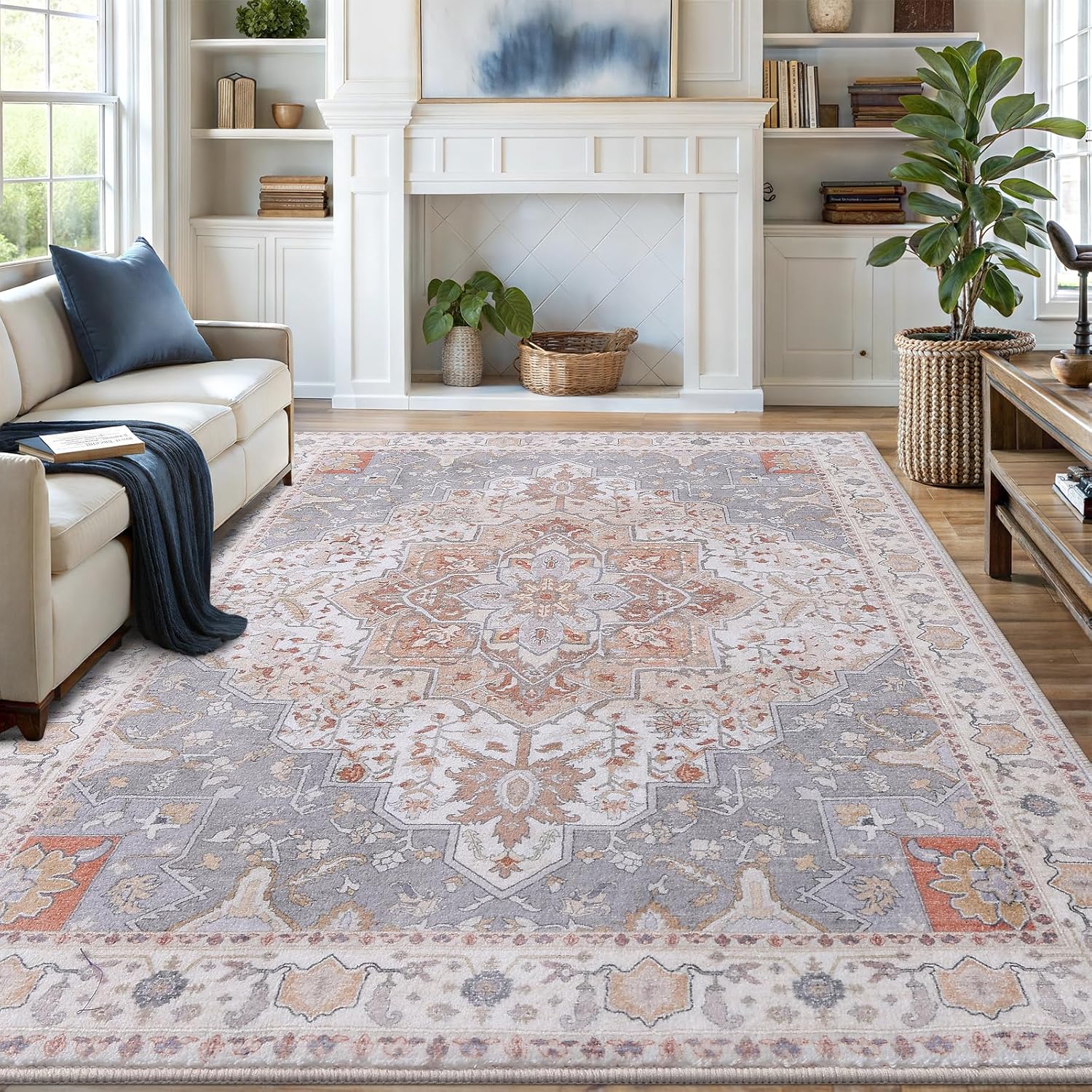Use a microfiber mop with a suitable floor cleaner, ensuring to wring out excess water to prevent damage while damp mopping different surfaces.
Damp mopping is the gold standard for deep cleaning floors without causing water damage. When done correctly, it removes stubborn dirt while preserving your flooring’s finish. This guide covers professional techniques for all common floor types.

Essential Damp Mopping Equipment
Proper tools make all the difference in effective floor cleaning:
- Microfiber or sponge mop (avoid string mops)
- Two-bucket system (one for clean water, one for dirty)
- Wringer to control moisture
- pH-neutral cleaner suitable for your floor type
- Soft-bristle broom or hard floor vacuum
The Two-Bucket Method
Professional cleaners swear by this technique:
- Fill one bucket with cleaning solution
- Fill second bucket with clean rinse water
- Dip mop in cleaner, wring thoroughly
- After mopping a section, rinse in clean water bucket
- Wring again before reapplying cleaner

Floor-Specific Damp Mopping Techniques
Hardwood Floors
Wood requires special care to prevent warping and finish damage:
- Always sweep or vacuum first
- Use barely damp mop – wring until nearly dry
- Mop along the wood grain
- Dry immediately with microfiber cloth
- Use cleaners specifically formulated for wood
Avoid vinegar on hardwood – the acid can degrade finishes over time. For stubborn spots, try organic cleaning products designed for wood.
Tile and Stone
These durable surfaces still need proper care:
| Floor Type | Recommended Cleaner | Special Notes |
|---|---|---|
| Ceramic Tile | Neutral pH cleaner | Focus on grout lines |
| Natural Stone | Stone-specific cleaner | Avoid acidic cleaners |
| Porcelain | Mild detergent | Resists moisture well |
For tile floors, change water frequently as grout dirt quickly contaminates solution. According to This Old House, warm (not hot) water works best for dissolving dirt without leaving residue.
Vinyl and Linoleum
These resilient floors need gentle care:
- Use cool or lukewarm water – hot can damage
- Wring mop extra well – excess water seeps into seams
- Avoid abrasive scrubbers
- Dry thoroughly to prevent buckling
Laminate Flooring
Laminate is especially moisture-sensitive:
- Use minimal water – barely damp mop
- Never let liquid pool
- Dry immediately after mopping
- Avoid steam mops completely
Advanced Damp Mopping Tips
Solution Temperature Matters
Water temperature affects cleaning:
- Cold water: Best for protein-based stains
- Warm water: Ideal general cleaning
- Hot water: Only for heavy grease (certain floors)
Mop Head Maintenance
Keep your mop hygienic:
- Rinse thoroughly after each use
- Wash in washing machine weekly (if machine washable)
- Replace when fibers break down
- Store hung up to dry completely
For heavily soiled floors, consider pre-treating with a antibacterial spray before mopping.
Frequency Guidelines
How often to damp mop:
- High-traffic areas: 2-3 times weekly
- Average rooms: Weekly
- Low-use areas: Every 2 weeks
- Spills: Immediately
Always increase frequency during rainy seasons or with pets. The Good Housekeeping Institute recommends changing mop water every 200 square feet for best results.

Vanmoos 6×9 Machine-Washable Area Rug — Artistic Flair / Beige
Low-pile, non-slip rug that minimizes pet hair collection and makes quick cleanup part of your routine.
Affiliate link — may earn a commission at no extra cost to you.
